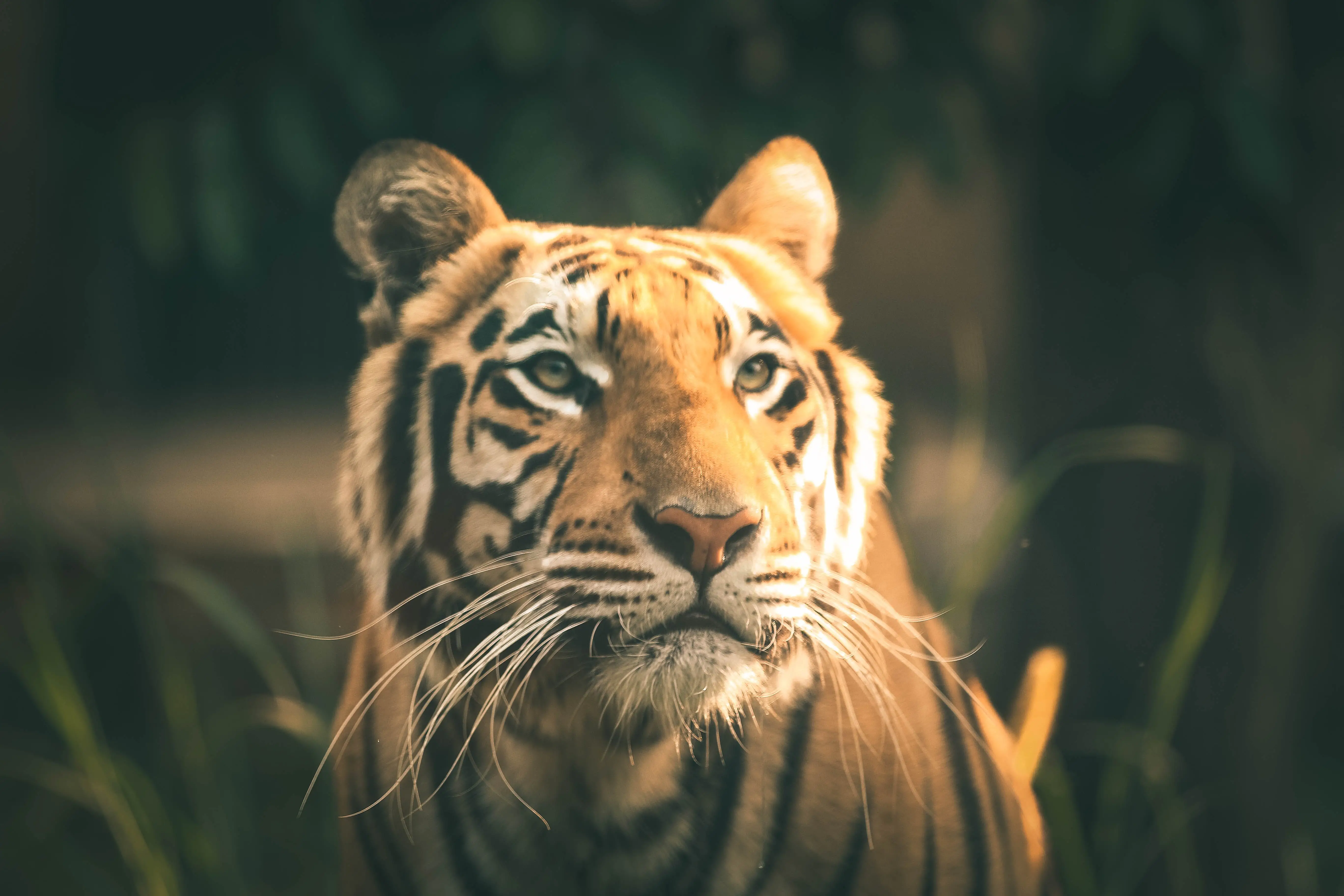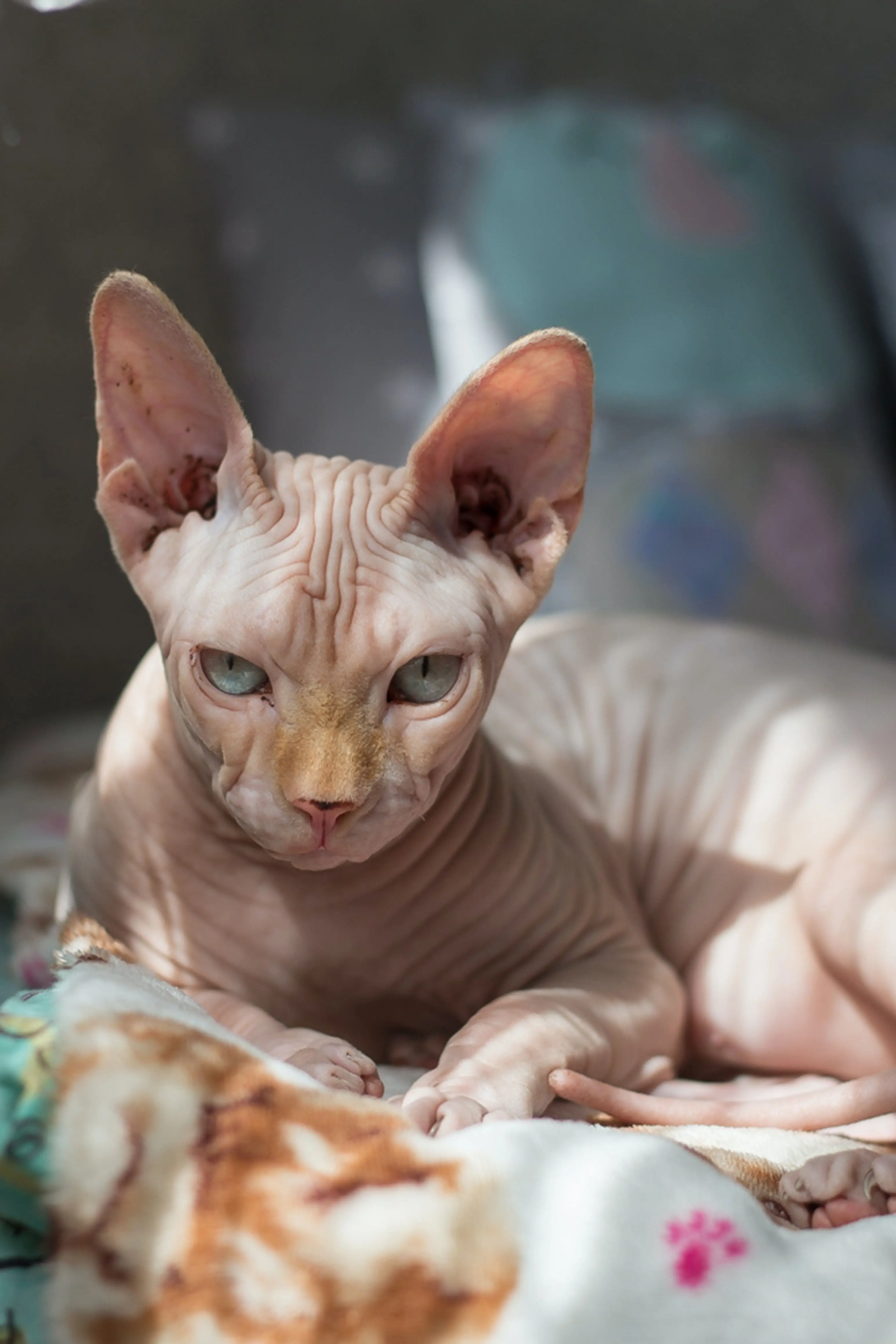- Get link
- X
- Other Apps
- Get link
- X
- Other Apps

The wild cat family is a diverse and intriguing group of animals that has captured the imaginations of people for centuries. From the fierce lions of Africa to the elusive snow leopards of the Himalayas, these felines have been revered, feared, and studied by humans throughout history.
In this article, we will delve into the world of the wild cat family, exploring their characteristics, behaviors, and habitats. We will also look at how humans interact with these magnificent creatures and the challenges they face in the wild. So, let's embark on an exciting journey through the world of the wild cat family.
Characteristics of the Wild Cat Family

The wild cat family, scientifically known as Felidae, is a large and diverse group of carnivorous mammals. It includes over 40 species, ranging from small domestic cats to massive tigers and jaguars. These cats are found all over the world, except for Antarctica and Australia.
Size and Appearance
One of the most striking features of the wild cat family is their size diversity. The smallest member, the black-footed cat, weighs only 2-3 pounds, while the largest, the Siberian tiger, can weigh up to 660 pounds. However, most wild cats fall somewhere in between these two extremes.
Apart from their size, wild cats also vary in terms of their physical appearance. Some, like the cheetah, have slender bodies built for speed, while others, like the lion, have muscular frames built for strength. Their fur can range from short and sleek to long and fluffy, depending on their habitat and climate.
Adaptations for Survival
Wild cats have evolved various adaptations that help them survive in their respective environments. For example, the snow leopard has a thick coat of fur to keep it warm in the harsh, snowy mountains, while the African serval has large ears to help it locate prey in the tall grass of the savannah.
Another crucial adaptation for wild cats is their retractable claws. Unlike domestic cats, whose claws are always out, wild cats can pull their claws back into their paws when they're not needed. This feature allows them to walk silently and conserve energy while hunting.
Behaviors of Wild Cats

Wild cats exhibit a wide range of behaviors, from solitary to social, depending on their species and habitat. However, most of them share some common traits that have helped them thrive in the wild.
Hunting and Feeding
As carnivores, wild cats mainly eat meat, and they are incredibly skilled hunters. They have sharp teeth and powerful jaws that allow them to take down prey quickly and efficiently. Some species, like the lion, hunt in groups, while others, like the leopard, prefer to hunt alone.
Wild cats also have excellent eyesight and hearing, which helps them detect prey from a distance. Additionally, their flexible spines and strong hind legs enable them to pounce on their prey with speed and agility. Once they've caught their prey, they use their sharp claws and teeth to kill it before feeding.
Communication and Socialization
While wild cats are mostly solitary creatures, they do exhibit some forms of social behavior. For example, lions live in prides, which can consist of up to 40 individuals, including males, females, and cubs. Within the pride, they communicate through various vocalizations, such as roars, grunts, and growls.
On the other hand, small wild cat species, like the margay, are primarily solitary and only come together during the breeding season. They communicate through scent marking using urine and feces, as well as visual cues like facial expressions and body postures.
Habitats and Distribution
Wild cats occupy a diverse range of habitats, from tropical rainforests to arid deserts and even high-altitude mountain ranges. However, most of them prefer areas with dense vegetation that offers ample cover for hunting and hiding.
For example, the jaguar, found in Central and South America, lives in rainforests and swamps, while the cougar, found in North America, is a master of the mountains and rocky terrain. Other species, such as the African leopard, can adapt to different habitats, from savannahs to forests and even deserts.
Human Interactions with Wild Cats
Humans have had a complex relationship with wild cats throughout history. On one hand, these animals have been revered and worshipped by some cultures, while on the other hand, they have been hunted and persecuted by others.
Cultural Significance
Wild cats have played significant roles in human culture and mythology. In ancient Egypt, they were worshipped as symbols of power and strength, with many pharaohs depicted with the head of a lion or cheetah. In some Native American traditions, wild cats are believed to possess magical powers and are associated with spiritual guidance.
Threats from Humans
Sadly, humans have also posed a considerable threat to wild cats, mainly through habitat destruction and poaching. As human populations continue to grow, natural habitats are increasingly being encroached upon, leaving these animals with less space to live and hunt.
Poaching is also a significant issue, with many wild cats targeted for their valuable fur, teeth, and bones, which are used in traditional medicine. Some species, like the Amur leopard and Iberian lynx, are critically endangered due to these factors, and if action is not taken, they may face extinction.
How to Help the Wild Cat Family
As individuals, there are several ways we can help protect and conserve the wild cat family. One of the most critical steps is supporting organizations that work towards protecting these animals and their habitats.
Additionally, we can also make small changes in our daily lives to reduce our impact on the environment. For example, using sustainable products and reducing our carbon footprint can help mitigate the effects of climate change, which is one of the biggest threats facing wild cats.
FAQs about Wild Cats
What are the most endangered species in the wild cat family?
Some of the most endangered species in the wild cat family include the Amur leopard, Iberian lynx, and South China tiger.
How many species of wild cats are there?
There are over 40 species of wild cats, including lions, tigers, cheetahs, and leopards.
Are all wild cats dangerous to humans?
No, not all wild cats are dangerous to humans. Like any other animal, they may attack if they feel threatened, but most avoid human interaction.
Can domestic cats interbreed with wild cats?
Yes, in some cases, domestic cats can interbreed with wild cats, resulting in hybrid offspring.
What is the most common threat to wild cats?
Habitat destruction and poaching are two of the most significant threats to wild cats.
Conclusion: Appreciating the Wild Cat Family
The wild cat family is a diverse and fascinating group of animals that have captured our imagination for centuries. Their unique characteristics, behaviors, and habitats make them a vital part of our natural world.
As humans, it's crucial that we appreciate these creatures and take steps to protect them and their habitats. By doing so, we can ensure that future generations will continue to be amazed by the beauty and majesty of the wild cat family.
- Get link
- X
- Other Apps
family of kittens cats for families
Comments
Post a Comment